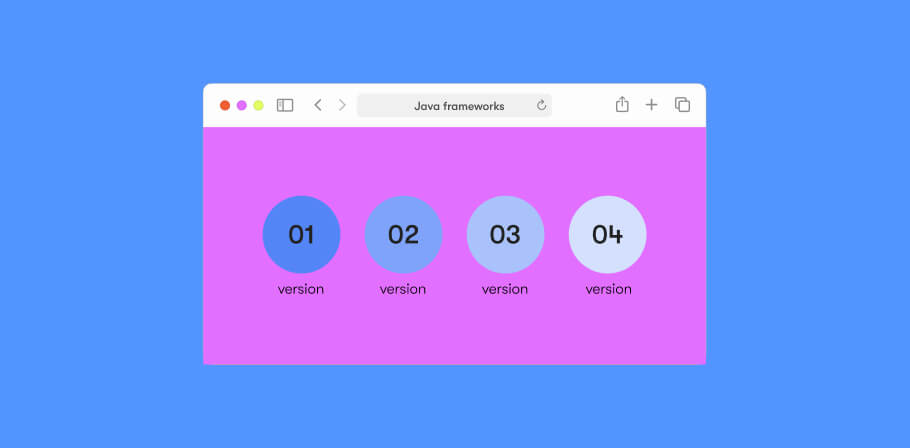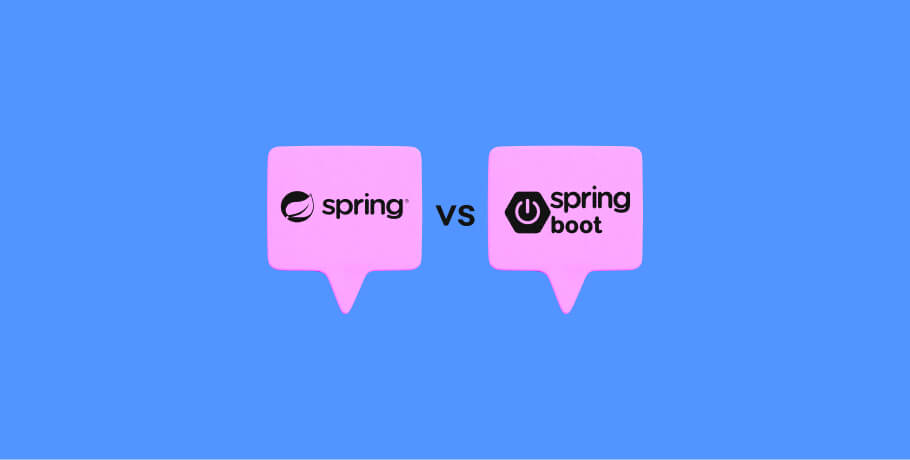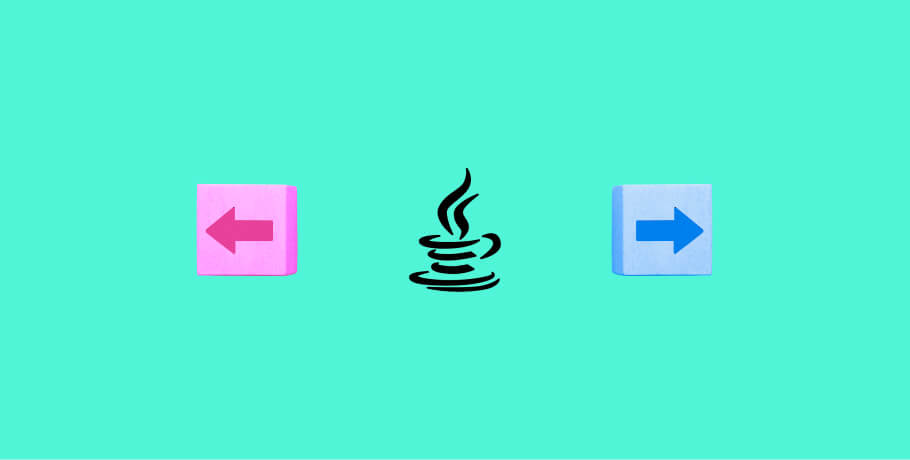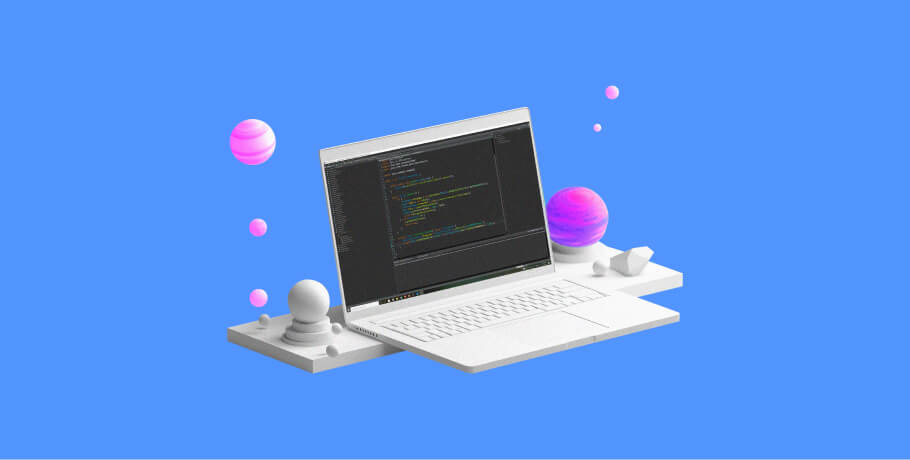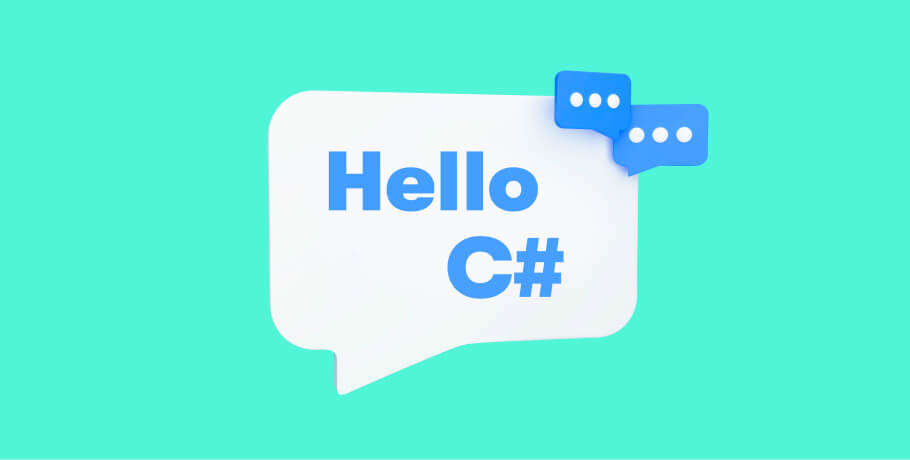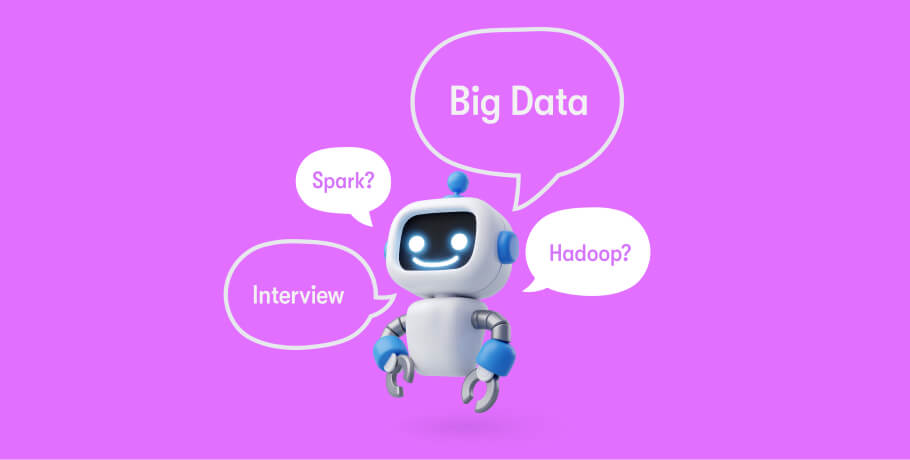In a world where the metaverse and cryptocurrency have become the new normal, it’s understandable to question the relevance of Java web frameworks, and wonder if their popularity would still hold as we progress.
Well, the good news is that Java is still one of the most popular web programming languages in this modern day and age. According to recent data, Java ranks no. #7 on the list of the most commonly used programming languages.
And why wouldn’t it? Java is high performing, can be used for various projects, it’s simple to use, and it has consistently been a top choice amongst developers. The only question that remains is which is the best Java framework for specific use cases of web development? For example, small projects, large projects, interactive web solutions, projects with a slight learning curve, and so on.
If the same question has entered your mind, then stick around! This article explores the various types of Java frameworks for web development and draws a comparison between multiple languages based on both available data and our expertise. We’ll review their features, pros, cons, and individual benefits.
Java web framework 1: Spring
Released in 2002, Spring is an open-source, component-based framework that was developed by Rob Johnson, and operates under the Apache 2.0 license. It was specifically created to reduce complications faced when building applications, such as those that were faced by EBJ (Enterprise Java Beans). Let’s take a look at some of the features offered by Spring.
Features
1. Model-view-controller (MVC) framework
Spring has a model-view-controller (MVC) framework that is specifically created to handle HTTP requests.
Here’s a small overview of how MVC works in Spring: Once a request is received from a client, it gets sent to URL Handler Mapping (aka controller). The controller then passes this request to the model, which then sends it back to the controller. The controller then responds to the request through view.
The benefit of using MVC is that it makes the entire process easy — you can easily debug issues (if you come across any), and the code is easy to navigate.
2. Aspect Oriented Programming (AOP)
Aspect Oriented Programming (AOP) refers to the breaking down of program logic into distinct parts (aka modularization) to reduce crosscutting concerns (crosscutting concerns refer to the concern, that, if not centralized, will create issues with the whole application, e.g., concerns like security, transaction management, authorization, etc.).
Aside from that, it also allows you to maintain the code from one place. For example, if you’ve written code in five different places, you don’t need to edit code from those five places any time a client asks for a revision; you can simply edit the code from a centralized place. However, if you need to make edits in only one place, you can do that too.
3. Dependency Injection (DI)
Dependency Injection (DI) refers to the design pattern in Spring’s Inversion of Control (IoC). This function was specifically created to remove dependency in code. There are two ways to insert DI in Spring, and those are the setter method and the constructor method. This function is particularly useful when you have to connect multiple objects to make a task run, but don’t want the objects to be dependent upon each other.
Pros
- Spring is an extremely lightweight framework that can manage both small and enterprise-level projects.
- Using Spring Initializr, you can run any project in seconds.
- It has a thriving, active community, always ready to help out.
Cons
- Requires users to go through a learning curve.
- Since there are no strict guidelines and many features, this may get overwhelming for developers.
Java web app framework 2: Vaadin
Vaadin is one of the most sought-after frameworks for Java web development. There’s obviously some potential in Vaadin, seeing as how this cross-platform framework has received investments from Micheal Widenius (the inventor of MySQL). Let’s take a look under the hood to understand a little more about this framework.
Features
1. Dual module architecture
Vaadin is one of the rare frameworks that has two types of architectures you can use to build solutions: one is server-side, and the other is client-side. As per JavaPoint, Vaadin uses the client-side engine to get an output from the client, and it uses the server-side engine to respond to requests made by clients.
Different as these architectures may be, they both provide options for adding themes, developing widgets, etc. Moreover, you can use both to create web solutions from scratch. The Vaadin framework also uses Google Web Toolkit (GWT) to run faster. It has been known to be one of the fastest and most secure frameworks out there.
2. UI components
Vaadin uses Web Components to add graphical user interfaces (GUIs). These components are based on HTML specifications, and can be reused within your code to make the final version of your web solution more interactive.
There are four standards of web components that you can use (custom elements, shadow DOM, HTML template, and ES modules). You can also use the Vaadin web directory to find new components created by third parties.
Pros
- Vaadin is fast and easy to use.
- It has an excellent documentation process, a great set of web components, and a terrific data binding mechanism.
- Being based on Java, it’s object oriented.
Cons
- Vaadin is not considered to be as scalable as other frameworks on the market.
- Since the technology is still new to the market, it may be difficult to find quality developers who can use it.
Java web application framework 3: JSF
Java Server Faces, also known as Jakarta Server Faces, Jakarta Faces, or JSF, is a framework developed by Eclipse Foundation that uses technologies such as Java or XUL. Its original author is Sun Microsystems, the same company that designed Java Virtual Machines (JVM). Presently, you can find JSF on GitHub.
Features
1. UI components
Amongst its plethora of features, one thing JSF is widely known for is its user interface (UI) components. This is mainly because JSF’s architecture was designed to be a component-focused UI model design.
You can use XML files to access these components by clicking on “view templates” or “Facelet views.” There are two main types of JSF components: standard UI components and custom UI components.
2. Other features
By using JSF, you can also benefit from its other features such as expression language integration (that connects the web pages with application logic), Facelets technology (that helps create a view for JSF users), bean annotations (which help you validate tasks in Managed Bean by using annotations), templating (using the same templates for multiple uses), extensible architecture, and plenty more.
Pros
- Easy for developers to use due to features such as annotations, the embedding of the JavaScript code, and great architecture.
- You can create multiple components, custom or otherwise, thereby developing interactive web pages.
- The aforementioned components are also reusable, meaning there’s less work on your end.
Cons
- JSF is not considered to be a scalable technology.
- Many developers have said that JSF takes them on a steep learning curve.
Java-based web application framework 4: Struts
Struts, also known as Apache Struts or Jakarta Struts, currently operates under the Apache 2.0 license, as the name would suggest. Created by Craig McClanahan, the goal of Struts was to disrupt the way model, view, and controller interacted with each other; in other words, they wanted to implement the MVC model. Learn more about Strut’s features here.
Features
1. MVC architecture
The reason for Strut’s invention was to get the model, view, and controller to interact separately, but with a centralized configuration.
That’s to say, the developers created a configuration file known as “struts-config.xml” that allowed all information received from the client to be deposited there. This information would then interact with the model, view, and controller separately to respond to the client.
The benefit of this file is that since everything is centralized, all information can be changed at the same time.

2. Usage of beans
There are two types of beans that we speak of: bean tags and form beans. Form beans help store HTML data, which allows for simplified access to information and the ability to receive information from the client easily. Bean tags then allow the project to be categorized; thus, if you ever need to locate it, then that, too, can also be done with ease.
Pros
- Easy integration. You can integrate technologies such as AJAX and ONGL, or frameworks such as Hibernate, Tiles, Spring, and more.
- It has a simplified design that allows easy plugins and testability.
- Various types of themes and templates that you can use.
Cons
- Struts is known to have limited documentation.
- It has no backward flow.
- Difficulty in migrating applications.
Java-based web framework 5: Grails
Grails is an open-source framework created by Graeme Rocher that allows object-relational mapping, integration with Java platforms, and access to robust tag libraries. Much like many other frameworks on the list, it, too, is licensed by Apache. Let’s explore this framework further.
Features
Rather than focusing on a few key features in this section (as we did in the sections above), we’re taking a look at all of Grails’s features — because it has that many!
- You can easily integrate it with Java and its by-products, such as JVM, Java EE, Hibernate ORM, GORM, and more.
- It has a wide variety of resources, such as a large plugin library and a plethora of templates.
- It’s easier for developers to use, mainly because its learning curve is not steep, it’s low maintenance, and it allows reusability of code.
- You can also take advantage of its DRY (don’t repeat yourself) principle, which basically removes all hidden errors for you.
- It also provides IDE support, which allows developers to use multiple programs such as Eclipse, Textmate, Sublime, and more.
Pros
- It removes the extra step of XML configuration.
- It allows for better cost savings, as the code is open source, and developers go through a relatively small and easy learning curve.
- It’s overall simpler and faster to use than many other frameworks.
Cons
- Users mention that the integration process can be a little problematic.
- GORM can be complicated to use with a multi-threaded app.
- Its runtime language can be difficult to navigate.
How to choose the best Java framework for web development
When it comes to choosing the framework for web application development in Java, picking a clear winner might be difficult, seeing as how all these frameworks have their own list of features and pros and cons. So, let’s take a look at them individually through the prism of which use cases their application would most likely be beneficial.
- Spring: Spring is the overall winner amongst frameworks due to its plethora of features and ease of use. You would best benefit from using Spring if you have multiple components to deal with. It works well for both enterprise-level and small-scale projects.
- Vaadin: Vaadin is great if you want to operate with dual-model architecture or build projects for smaller companies. It does not have the potential for scalability, but you can create projects on Vaadin quickly and easily due to the number of features it offers.
- JSF: JSF is not the preferred choice for building large projects, as you should expect there to be a substantial learning curve (especially if you’re not accustomed to using Java). However, it has reusable components, big vendors, and great third-party libraries.
- Struts: Struts will be most beneficial to you if you wish to create highly interactive enterprise-level projects, as it supports themes, plugins, templates, and more. You will, however, not find the benefit in using Struts for smaller projects.
- Grails: If you’re working on a small or medium-sized project, Grails would be one of the best frameworks to use. This is because it has a simple learning curve, easy set-up, impressive documentation and reporting, and allows for fast development.
Conclusion
The overview above is a good starting point for every Java developer working in web or mobile development. The final choice is, of course, dependant on your project scope and requirements, but these recommendations might help to make this choice easier.
On a side note, the more versatile your skill set, the better it looks on your Java developer resume. So in case you’re looking for career development opportunities, take a look at our remote Java developer jobs and apply today.
FAQ
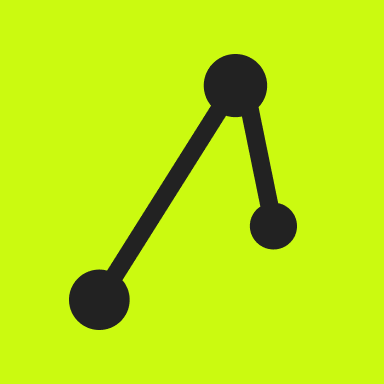
The EPAM Anywhere Editorial Team is an international collective of senior software engineers, managers and communications professionals who create, review and share their insights on technology, career, remote work, and the daily life here at Anywhere.
The EPAM Anywhere Editorial Team is an international collective of senior software engineers, managers and communications professionals who create, review and share their insights on technology, career, remote work, and the daily life here at Anywhere.
Explore our Editorial Policy to learn more about our standards for content creation.
read more





